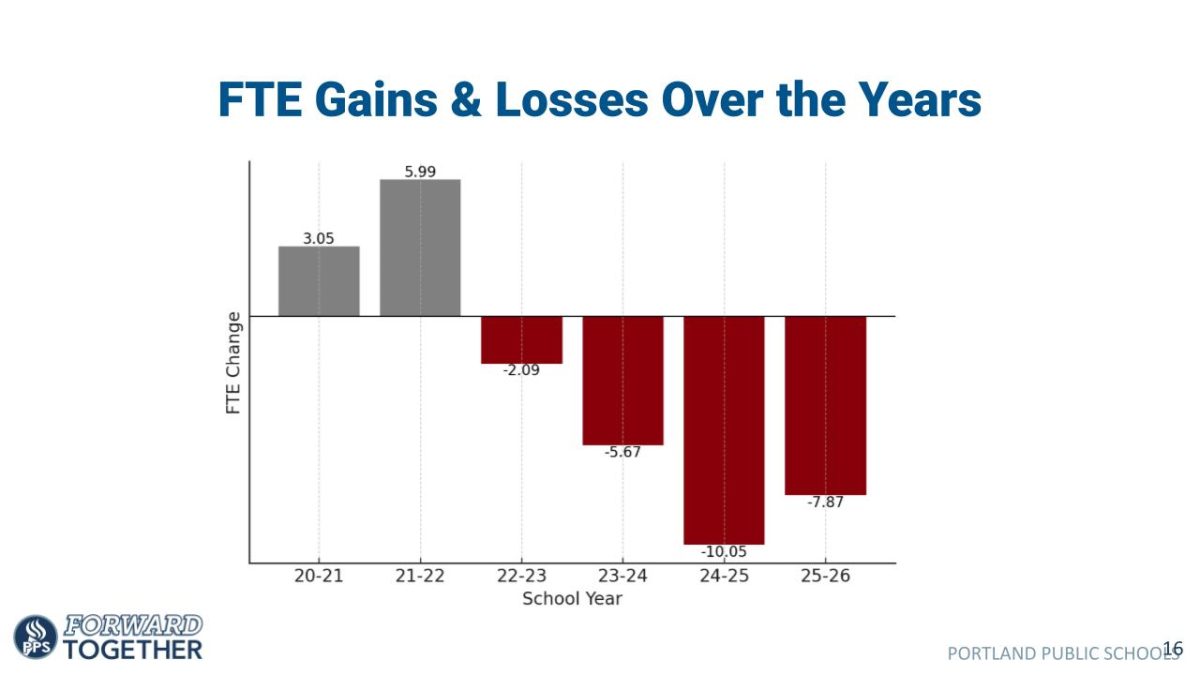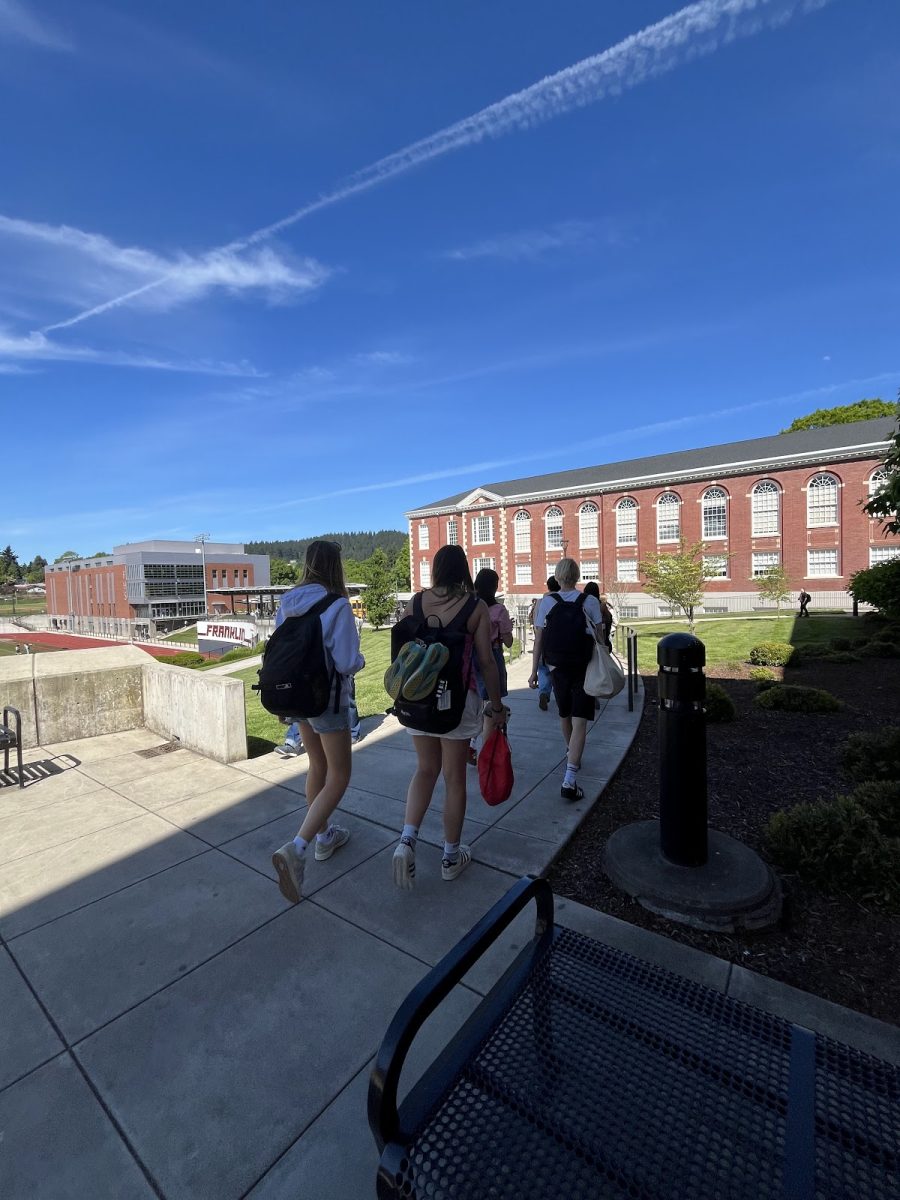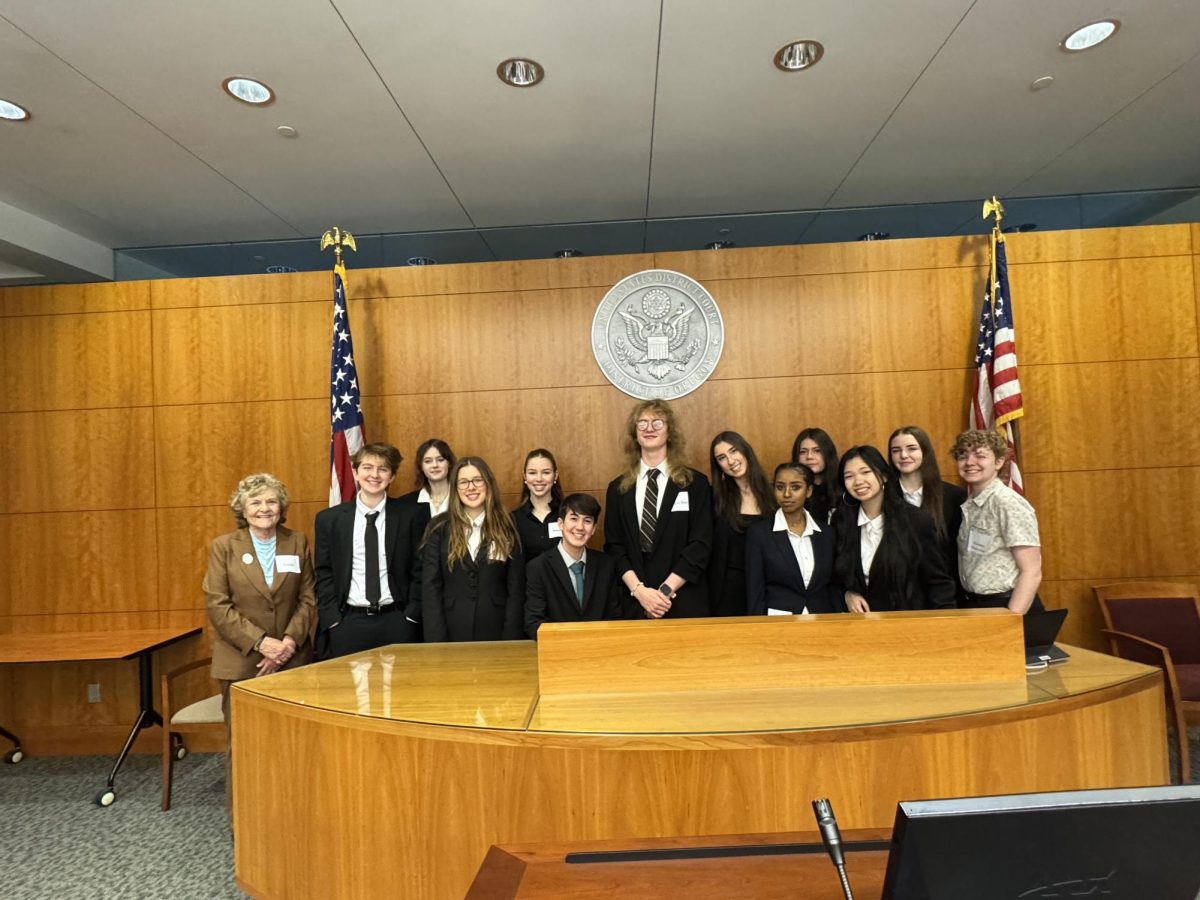Dr. Alberto Bourla, chief executive of the pharmaceutical company Pfizer, says that he hopes to get authorization for a coronavirus vaccine by mid or late November, and the Oregon Health Authority has said that the Centers for Disease Control told them to prepare preliminary vaccine steps by early November.
The United States has recorded more than 8.2 million cases of COVID-19 and more than 220,000 deaths have been traced to the virus, according to New York Times data, including 440,000 cases and 5,000 deaths in the last seven days, as of October 20. Oregon has recorded almost 40,000 cases and 630 deaths, with 2,300 cases and 30 deaths in the past week.
In the best-case scenario, the first vaccines will be distributed to health care workers and later the elderly in late 2020 or early 2021, and the public will have access to a vaccine by spring or summer next year. Dr. Anthony Fauci, Director at the National Institute of Allergy and Infectious Diseases, estimated that a vaccine could be publicly available by April. States have no plans to pay for distribution of vaccines, per CNN, and have not received sufficient funding for widespread distribution.
A coronavirus vaccine would need to demonstrate 50 percent efficacy, meaning participants would be half as likely to be infected in a clinical trial with approximately 30,000 participants to obtain Emergency Use Authorization (EUA) for distribution. The FDA intends not to review any vaccine until 32 participants are infected. The mark of 50 percent is equal to that of all new influenza vaccines, for which scientists have little time to gather data before potential outbreaks. Most vaccines need 70 to 80 percent efficacy for approval.
While most vaccines, even those approved for use, have minor side effects such as soreness, unease, or fever, certain medications can cause severe adverse events, in which a patient must be hospitalized or even dies as a result of complications related to the treatment. All approved treatments must meet safety guidelines, which vary depending on the relative need of the vaccine. According to the CDC, while severe side effects are extremely rare, they can occur with most vaccines.
Some vaccines cause adverse effects after 1-2 years by increasing the risk of infection or severe ailment. This occurs when the vaccine strengthens the immune response so much that the response becomes too dangerous, or when some antibodies make the virus more potent. This is screened for in most clinical trials, which tend to take several years, but a vaccine trial that only lasts several months cannot track such effects, let alone long-term efficacy.
The first company was cleared for Phase 3 large-scale clinical trials on July 27, per the Wall Street Journal. In most vaccine studies, Phase 3 trials take several years to complete. Pfizer and BioNTech collaborated on one of the two main candidates for early approval, while Moderna worked on the other. Since then, nine more candidates have reached Phase 3, but two trials have been paused due to severe side effects, according to the New York Times.
Vaccines may not pass initial trials, delaying the production and distribution. Pfizer has begun production of their medications, anticipating a successful trial result.
The mumps vaccine was created in roughly four years from 1963 to 1967. Few others have taken less than five, and most are approved for use more than a decade after initial creation. According to the BBC, just 10 percent of vaccine trials are successful. If a COVID-19 vaccine gets approved this November, it would be in just its eighth month of development.
Portland Public Schools stated recently that they intend to continue online classes through at least January 28, the end of the first semester. For schools to reopen, Multnomah County case totals would need to fall to 10 or fewer cases per 100,000 residents, with a test positivity rate no greater than 5 percent, over the course of a week, three weeks in a row. PPS would have to consider cases in Clackamas and Washington counties as well. There were 63 new cases per 100,000 people in Multnomah County during the week of October 11, per county data. Cases have slowly risen, and the rate per 100,000 has not dipped below 27 since the end of May.
51 percent of respondents to an October 5 poll by CNN said that they would try to get a COVID-19 vaccine. 45 percent said they would not, and 4 percent had no opinion. STAT and The Harris Poll found that 59 percent said they would get vaccinated as soon as possible.
“I myself have had to wrestle with all of the political energy that has gone into moving the vaccine forward… This has made us really question whether or not the rules are being followed,” said Bill B. Messer, Assistant Professor of Medicine at OHSU. “… [But] I believe that we are going to get a true and straight story from the myriad of doctors and scientists out there who are trying to make this vaccine work. They really want to do the right thing. They are not going to try to confuse, lie, obfuscate, or pull a fast one on the world.”
More than 60 scientists, including Esther Choo and Matthew C. Riddle of the Oregon Health and Science University (OHSU), signed a letter on Sep. 25 urging Pfizer to give lower expectations regarding the timeline of their vaccine, saying that “to be successful, the public needs to have utmost trust in the vaccine and the science behind it.”
Riddle wrote in an email that he signed the letter “because of the threat that political pressures might lead to premature release of an ineffective [or] risky vaccine.” He studies the effects of diabetes, a risk factor for COVID-19 infection and case severity. “A vaccine is urgently needed for this serious pandemic, but that does not justify releasing one before it is proven safe and effective,” added Riddle.
Dr. Anthony Fauci said that while at-risk people should take a vaccine soon, those who are healthier “might want to wait and see what the next iteration would be,” according to CNN.
Estimates of the threshold for herd immunity, a point from which there are too many immune people for a virus to spread, are mixed, ranging from 43 percent to 70 or even 90 percent of the population. Herd immunity is possible because immunity has a compound effect. The average infected person can spread the disease to an estimated 2.5 people, according to the science journal The Lancet. This can result in waves of cases, but each immune person makes an outbreak less severe. With a sufficient percentage of the population immune, the compound growth will slow down and eventually stop. An HPV vaccine with 82 percent efficacy was administered to about 34 percent of younger girls and women, but it still reduced the number of cases by around 56 percent. Some estimates say that two-thirds of the population would need to take a vaccination with 75 percent efficacy, well above the trust in vaccines demonstrated in polls.
The elderly are less likely to receive the immune response from most vaccines, likely including the SARS-CoV-2 vaccines, than younger people are. According to data from the CDC, they are also 13 times as likely as adults aged 18-29 years old to be hospitalized and 630 times as likely to die after infection.
Dr. Emily Meyers, Medical Director at OHSU’s Richmond Clinic in SE Portland, said in an interview that her clinic has not been given information regarding distribution or preliminary steps to prepare for a vaccine.
The public’s lack of trust in a vaccine is in large part due to conflicting information by the White House. President Donald Trump repeatedly promised a vaccine before the election, in spite of warnings by experts that such a deadline would fail to gather any conclusive results. A study by Cornell University found that the President was responsible for 38 percent of coronavirus-related misinformation, the most of any one source. The White House briefly blocked FDA guidelines that would have extended Phase 3 clinical trials past Election Day, only to reverse course after facing political pressure. According to POLITICO, some governors are worried that political pressure will cause the FDA to lower its efficacy and safety standards to a dangerous level.

































